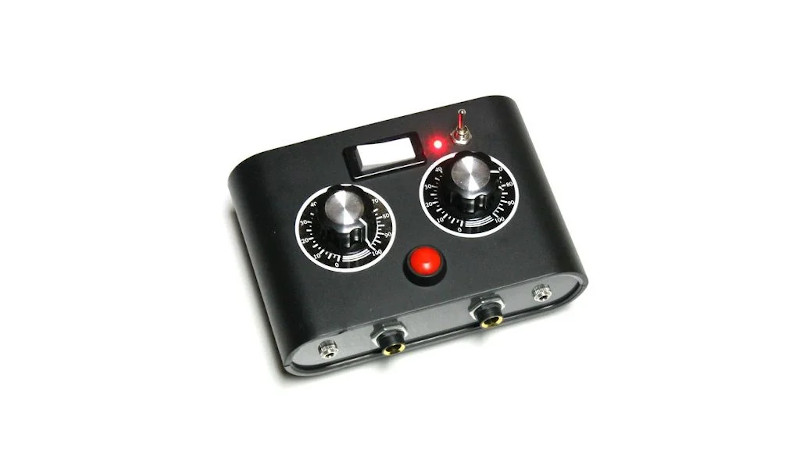These days, if there’s a chip worth using, there will be a cheap pre-built module on eBay to make using it even easier. It’s a great time saver, and projects that used to take a couple of weekends can now be completed in a rainy afternoon. [lonesoulsurfer] knows how it is, and took advantage of this very approach to build this tidy echo & reverb effects box.
The build starts with a PT2399 echo/delay line module sourced of eBay, a part that we’ve learned much about thanks to the hard work of others. A resistor is cut off the board, enabling echo as well as reverb functionality. It’s laced up in a box with a couple of pots and a switch to control the effect, and hooked up with 6.5mm audio jacks to enable it to be easily used with guitars, synths, or karaoke machines.
It’s a fun build, and one that could serve as as a useful component in a larger setup. Adding a 3PDT switch could make it more useful as a guitar pedal, or it could be integrated into a Eurorack module, too. We’d particularly love to see the results possible from stuffing five of the modules in a single box and routing them into each other in new and exciting ways. If you pull that off, drop us a line.

















Audio hair-splitting:
Delay: a sound is played later by a specified time. So, combined with the original, you hear a doubling, a fattening, or a distinct repeat, depending on the length of the delay.
Echo: as above, except that some of the delayed sound is send back to the input of the delay, which gives you a series of repeats that decays, depending on the amount fed back
Reverb: the complex sound of a space (eg a cathedral, a concert hall, a cave, etc) made up of a blend of reflections from all the surfaces.
This PT2399 thing does NOT do reverb. To generate reverb without using an actual space, you need something like a spring, a tensioned metal plate, or a digital unit producing a complex set of simulated reflections.
…or some float math capable cpu and a copy of the freeverb code.
It resembles reverbation via a matrix of allpass elements. Works pretty well and sounds much more realistic than any delay line solutions do.
I wonder how much oopmh you need for a two-channel freeverb implementation. What‘s the smallest / cheapest / coolest cpu / board?
Would it kill you to say “6.5mm / 1/4″ plug”?
Nice and ingenious build. It would make a good guitar pedal if mounted in an appropriate case with an external DC supply.
I was a little disappointed to discover that he didn’t spin his own board, but for $5 on eBay, I can’t quibble. I was hoping to see a new implementation of the PT2399 as I have a bunch in my parts drawer looking for new ideas. Still a good use of the pre-made board, especially the modding.
Hat’s off to the builder!